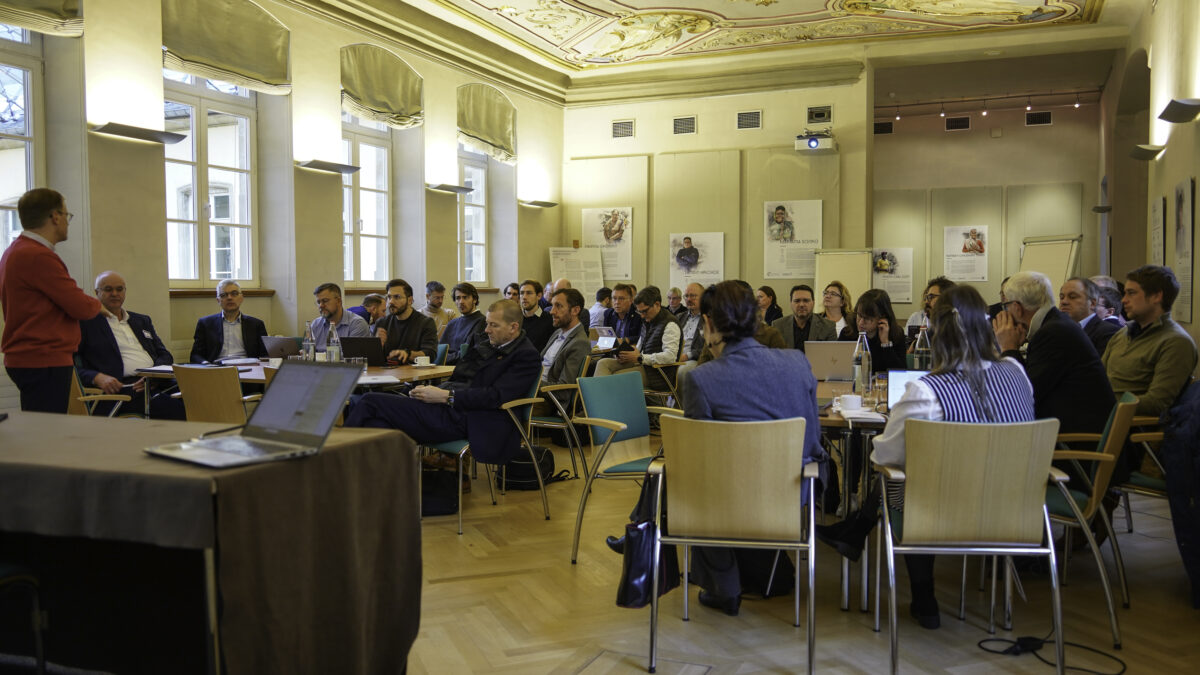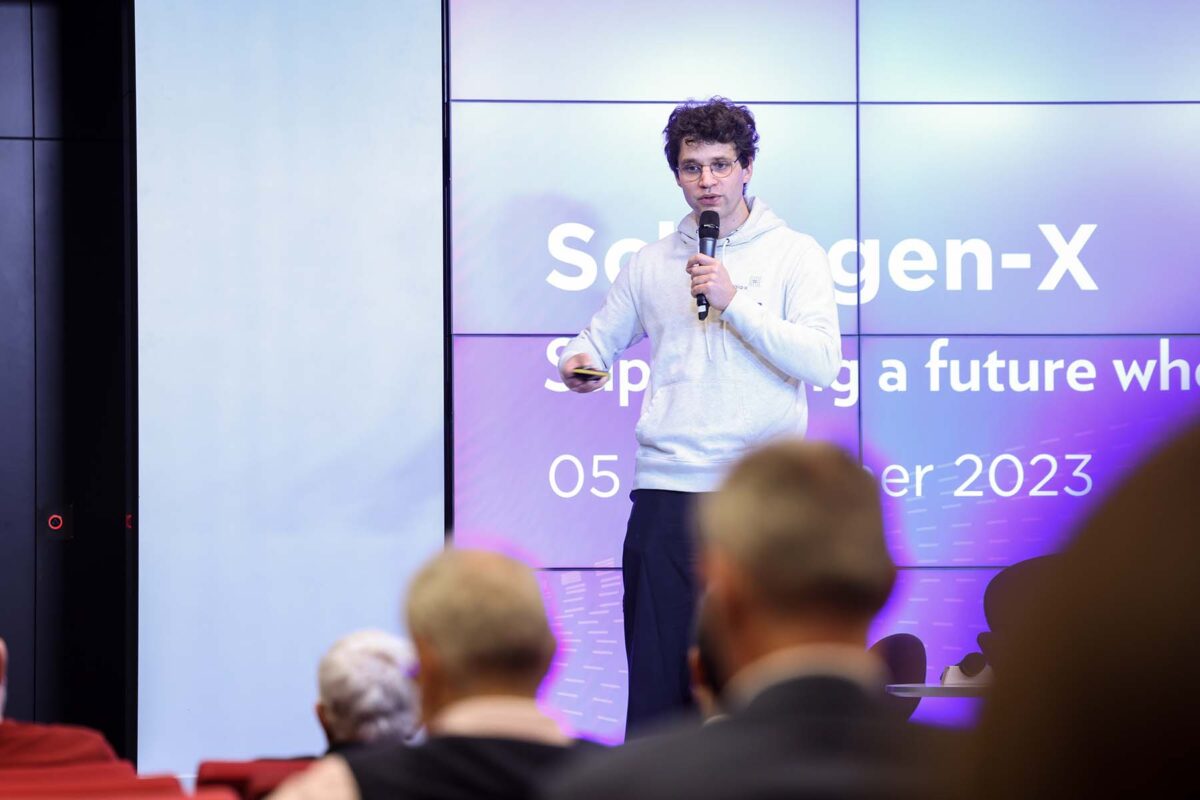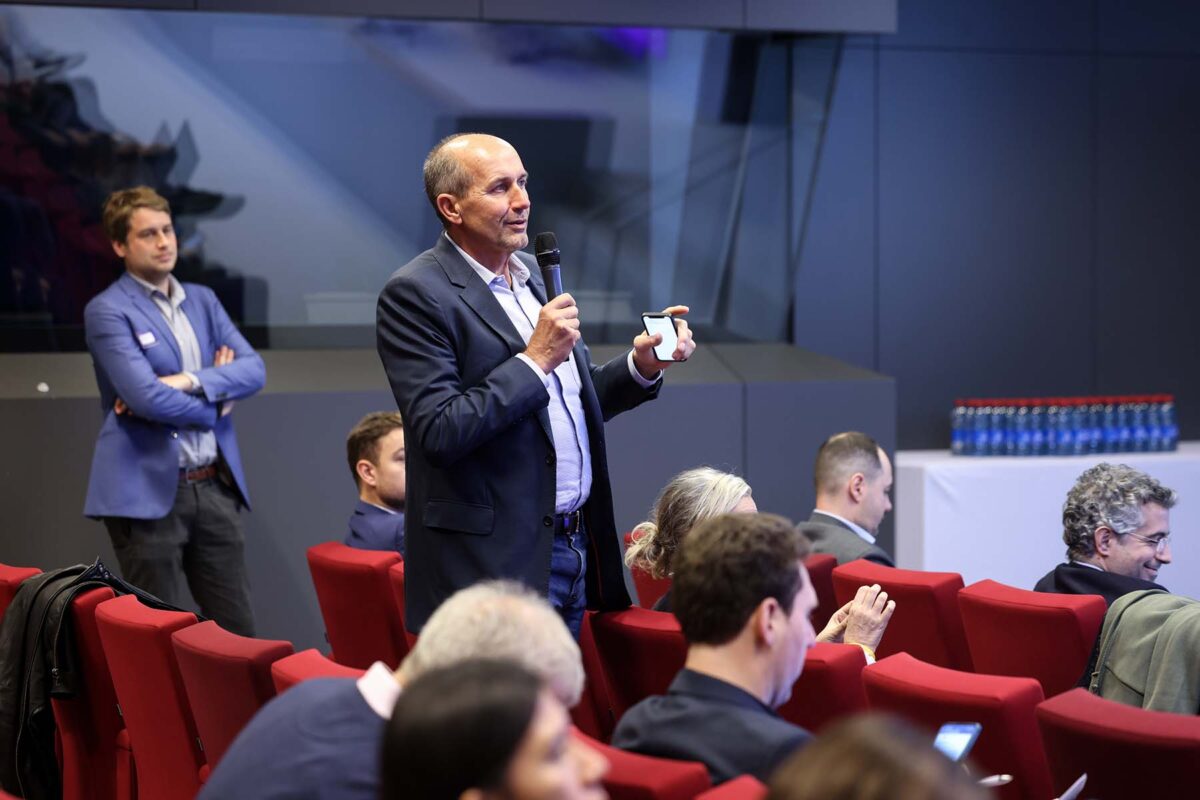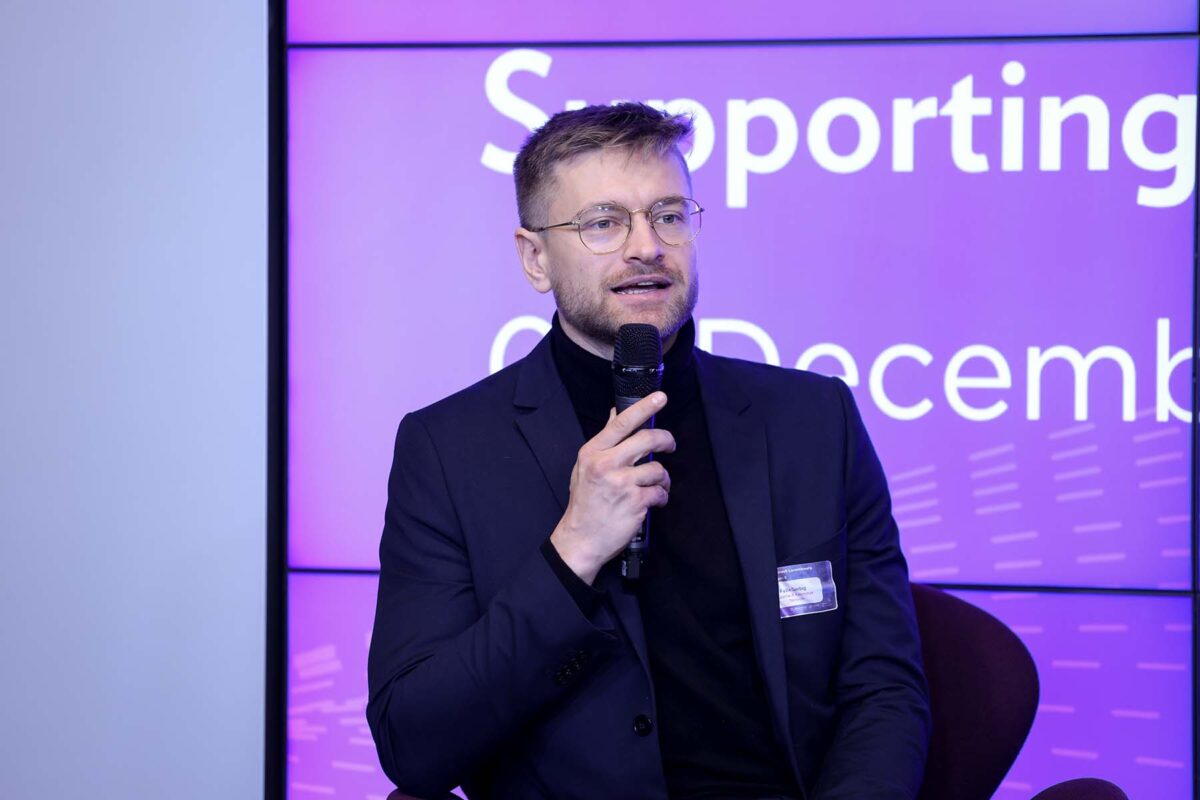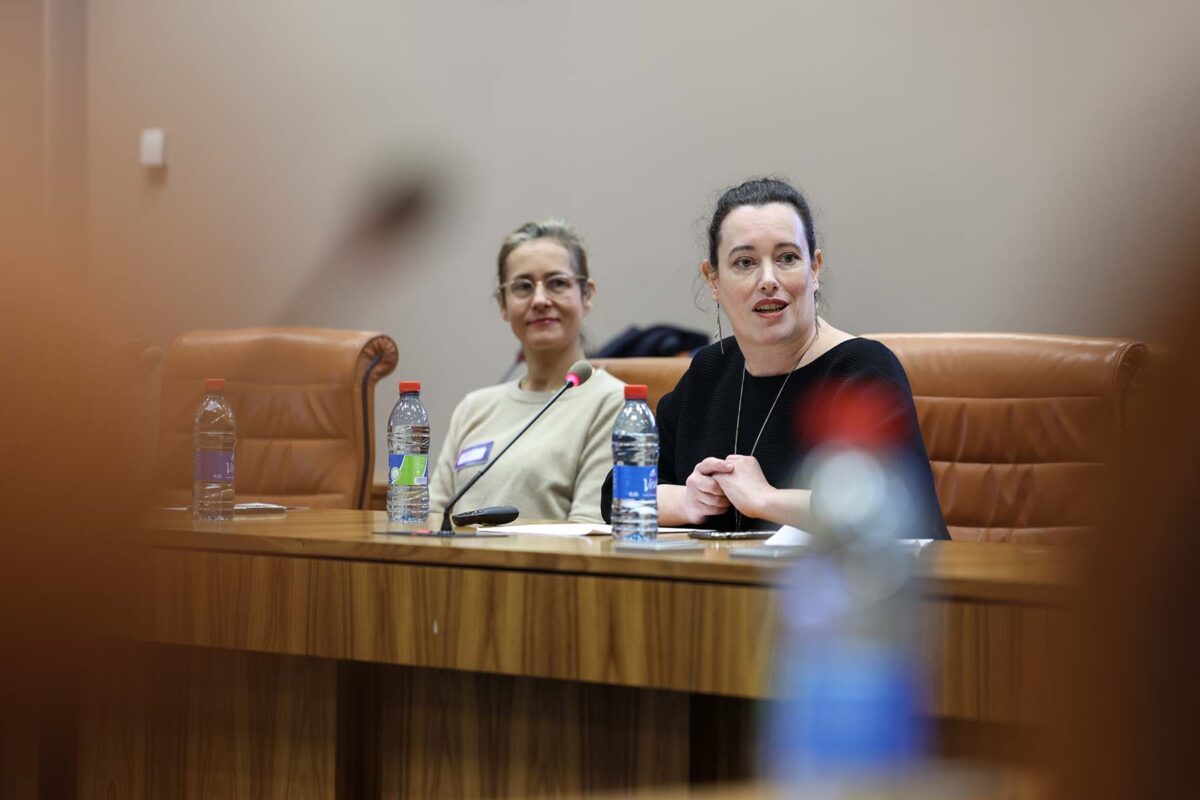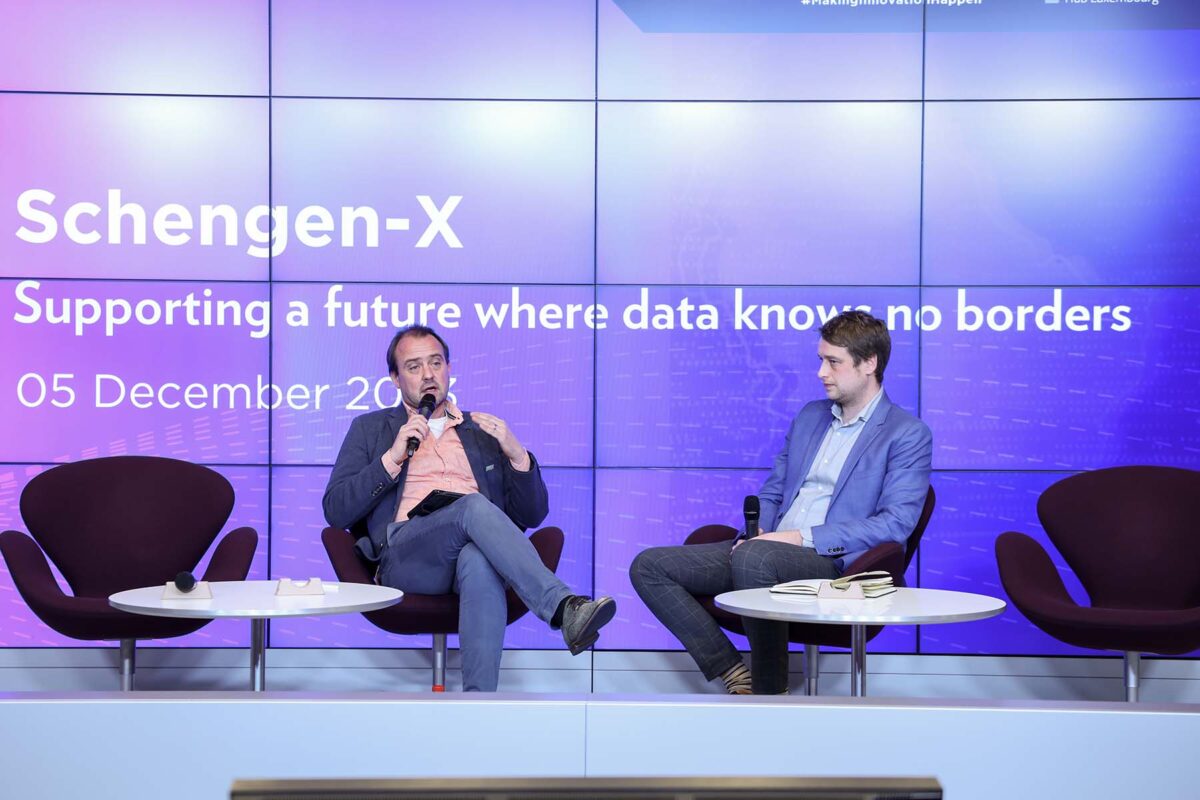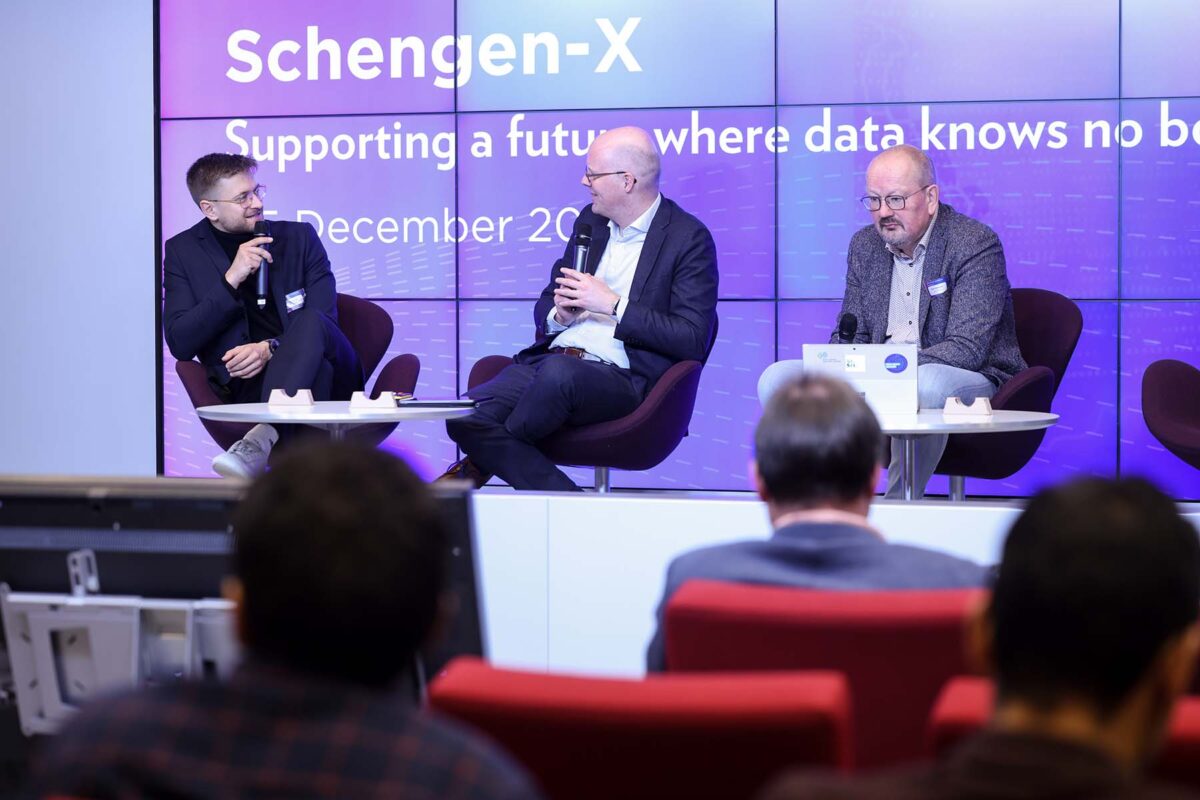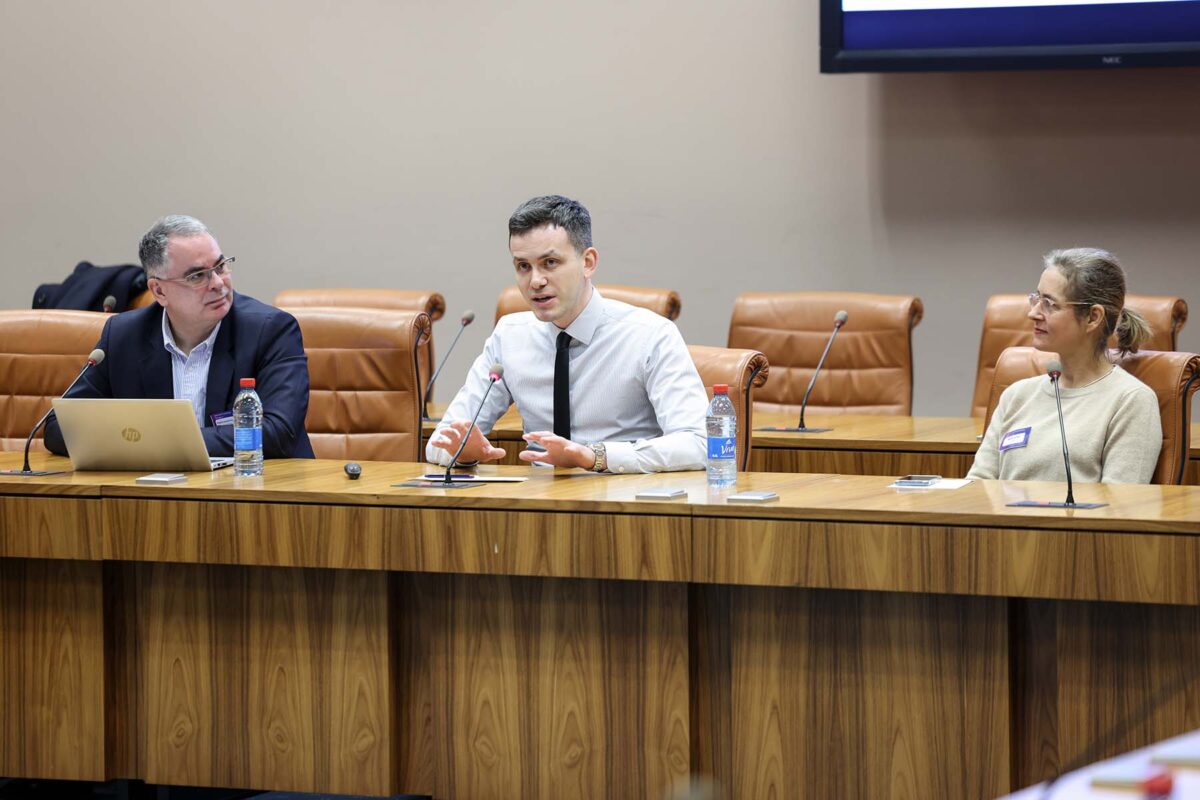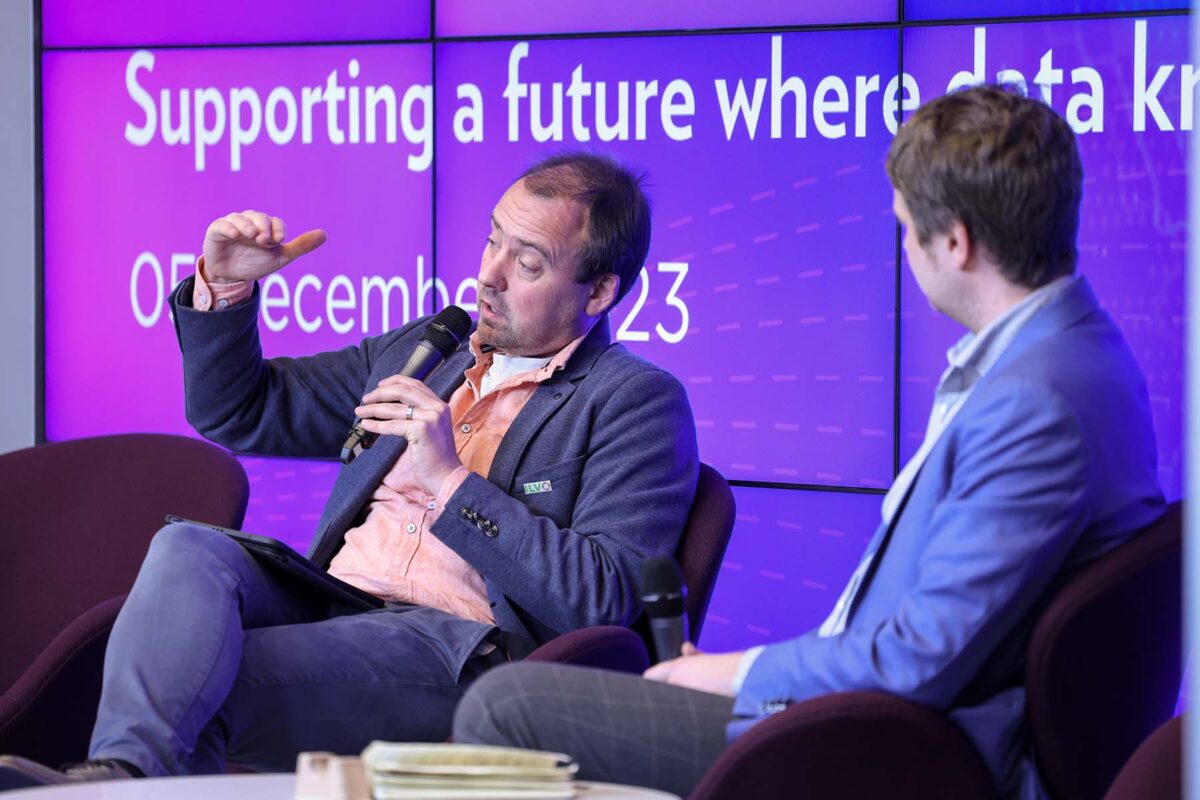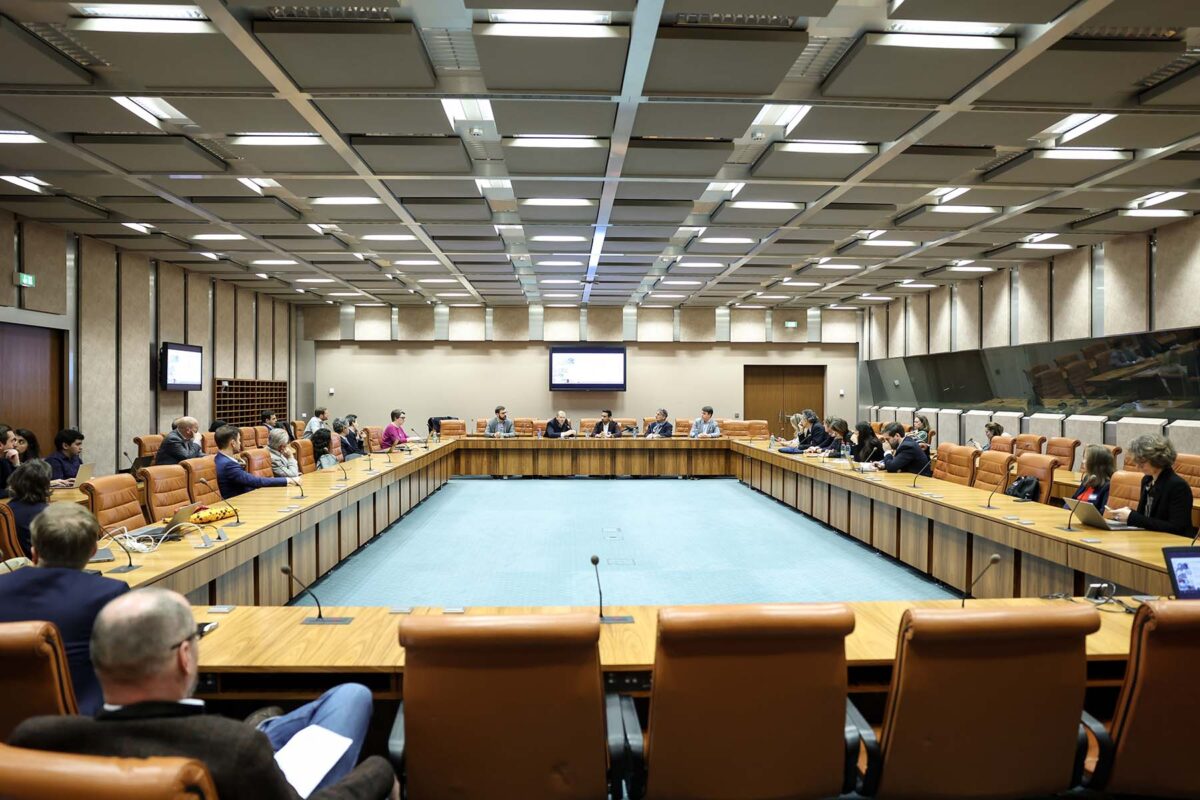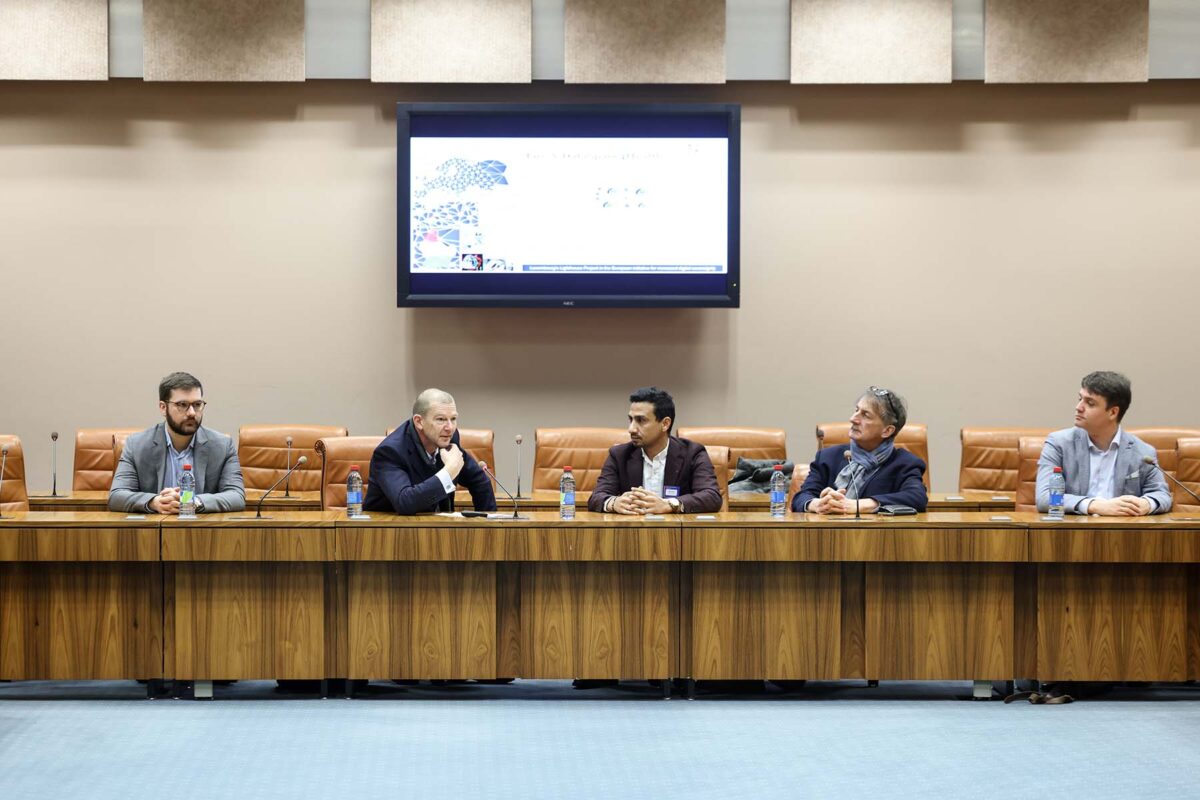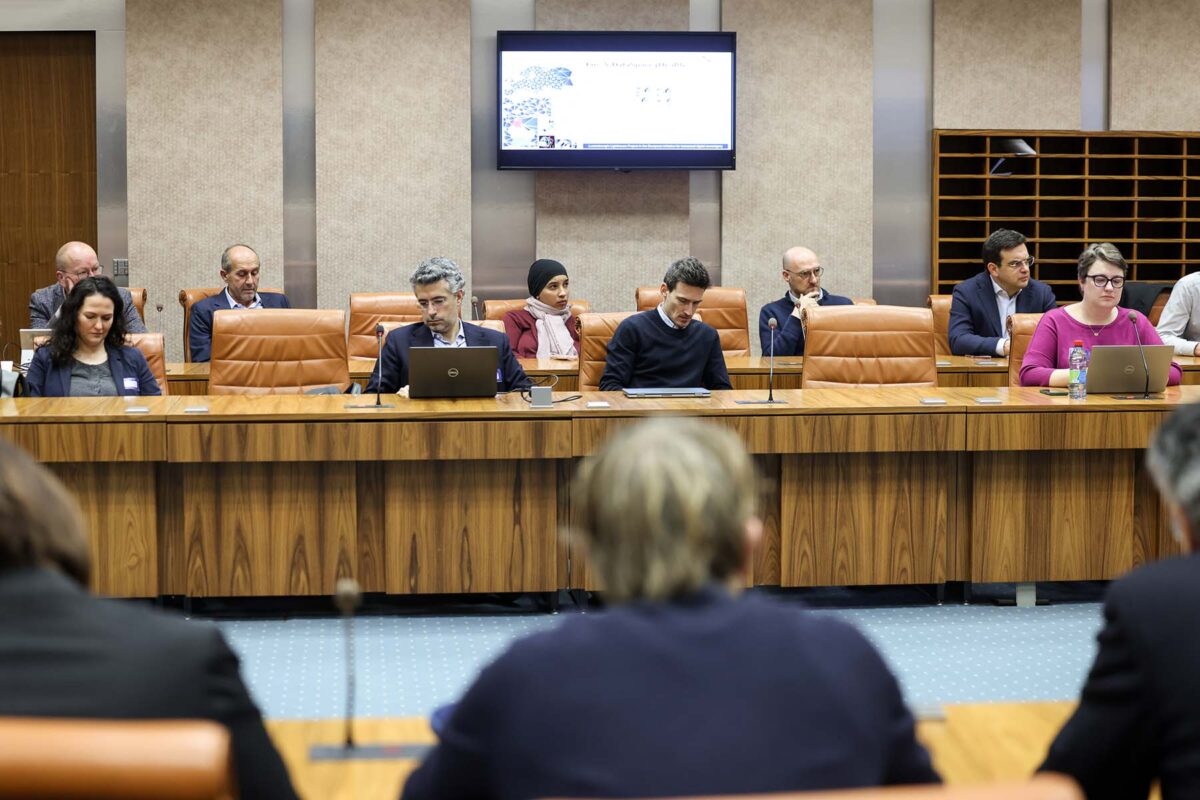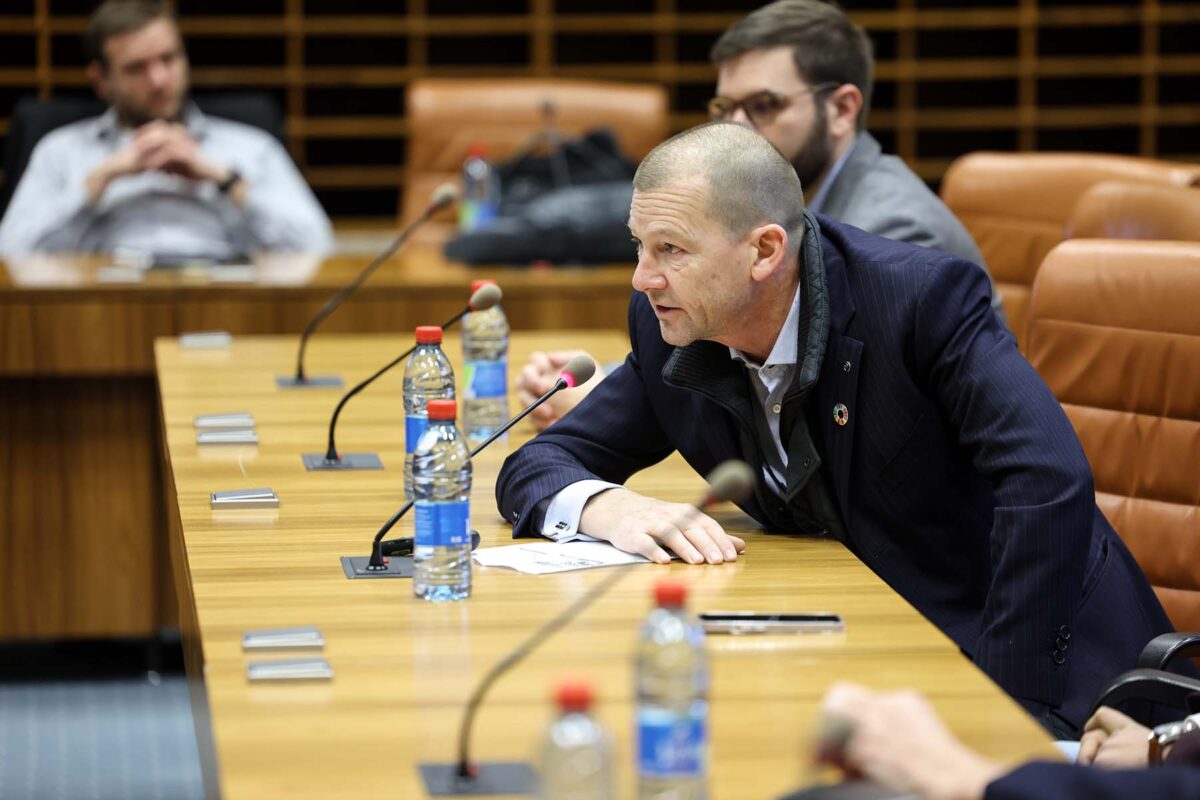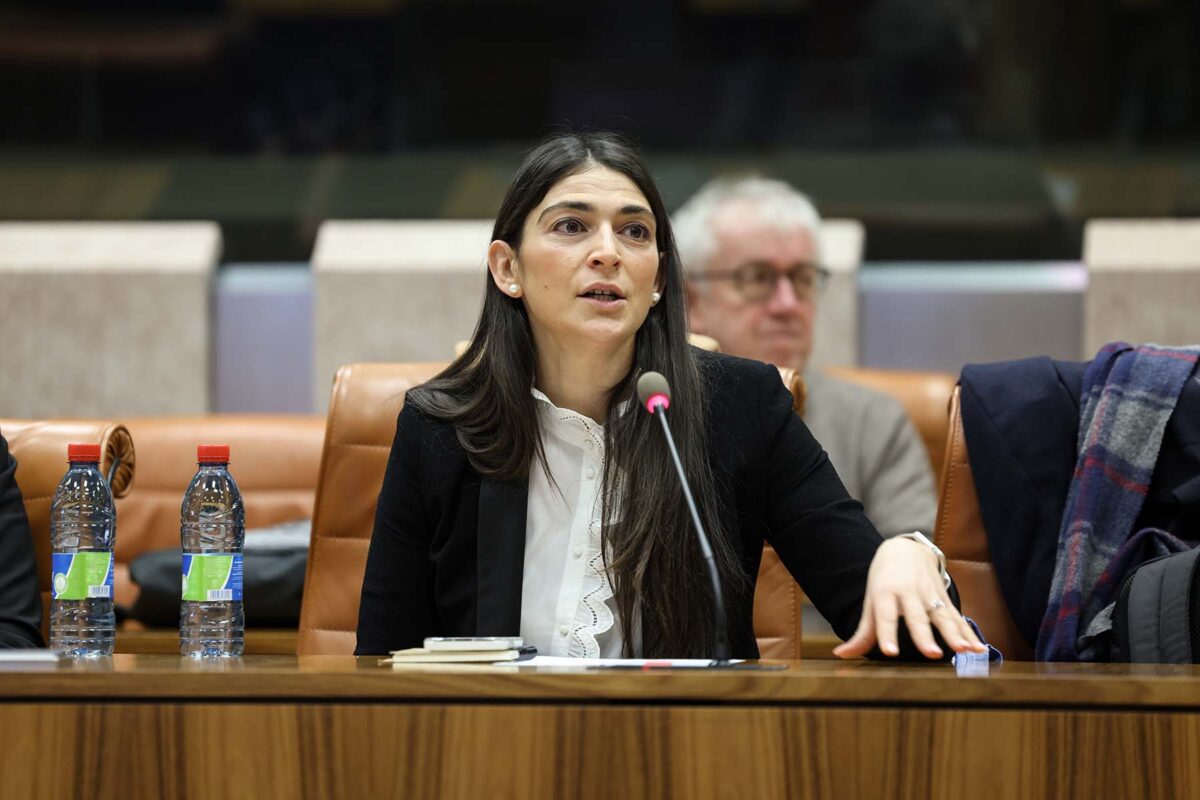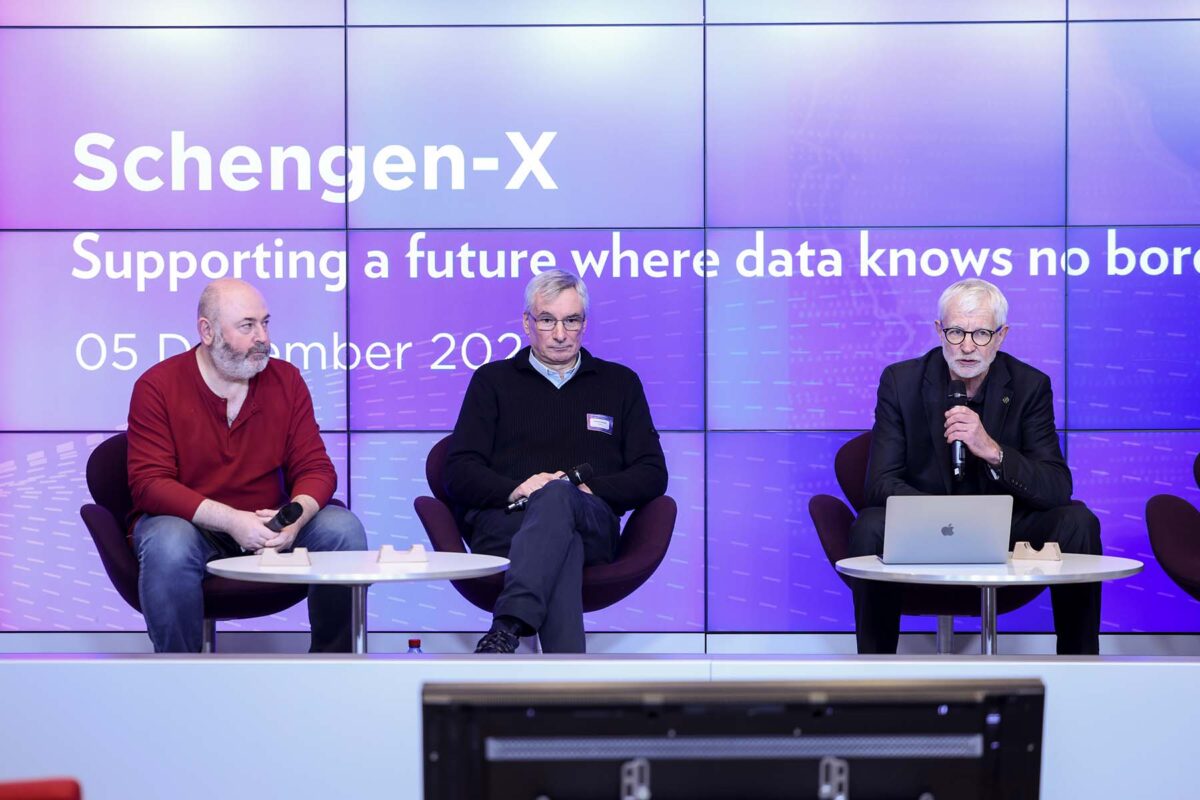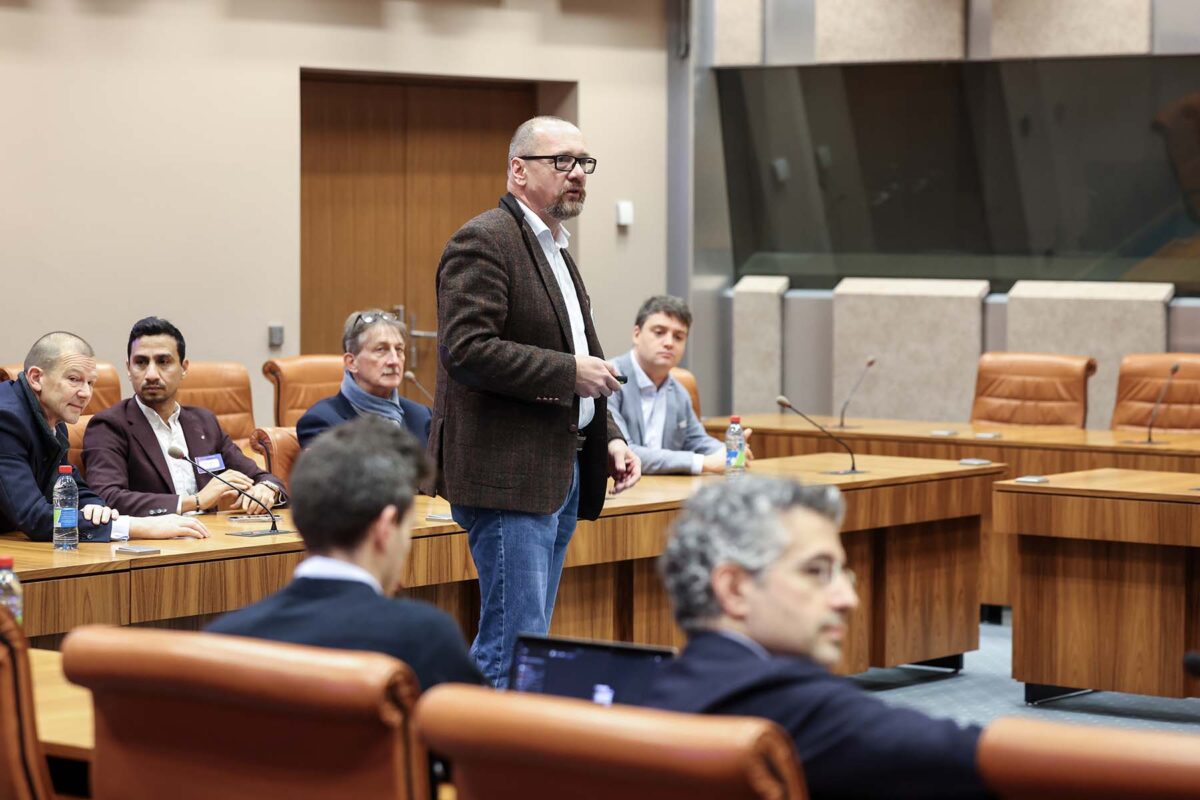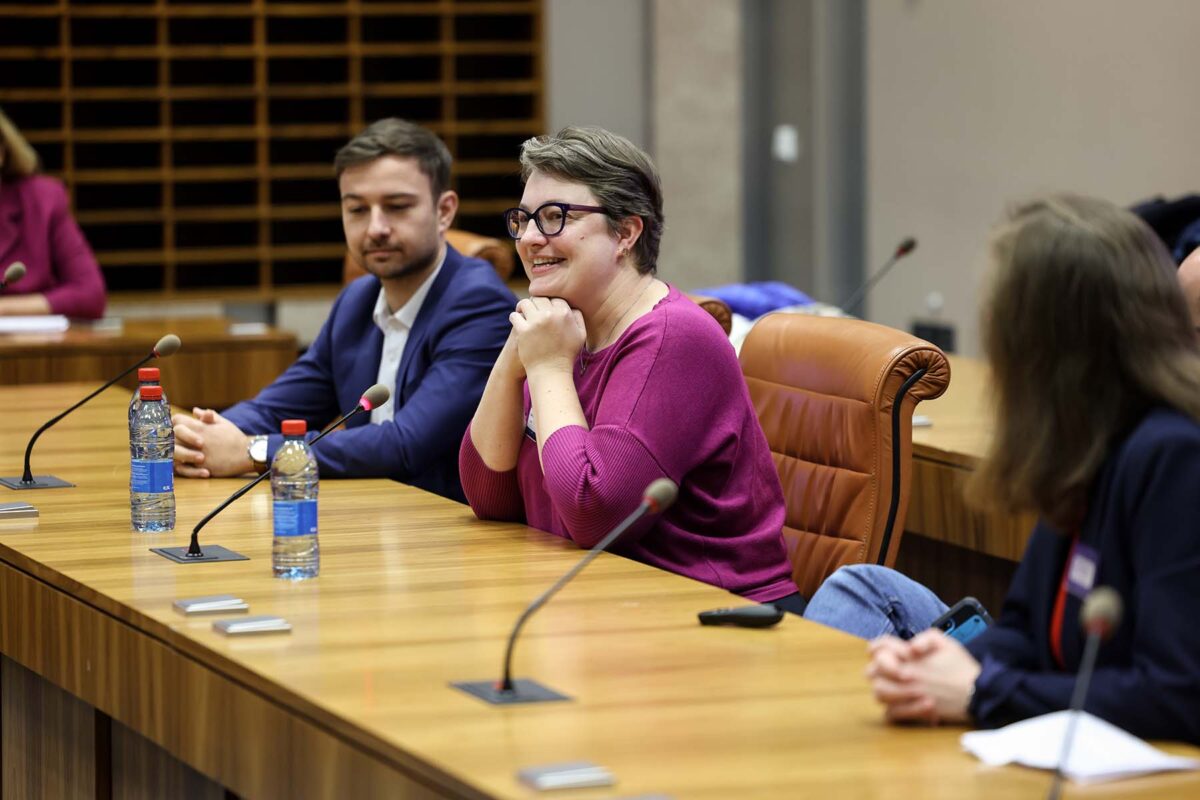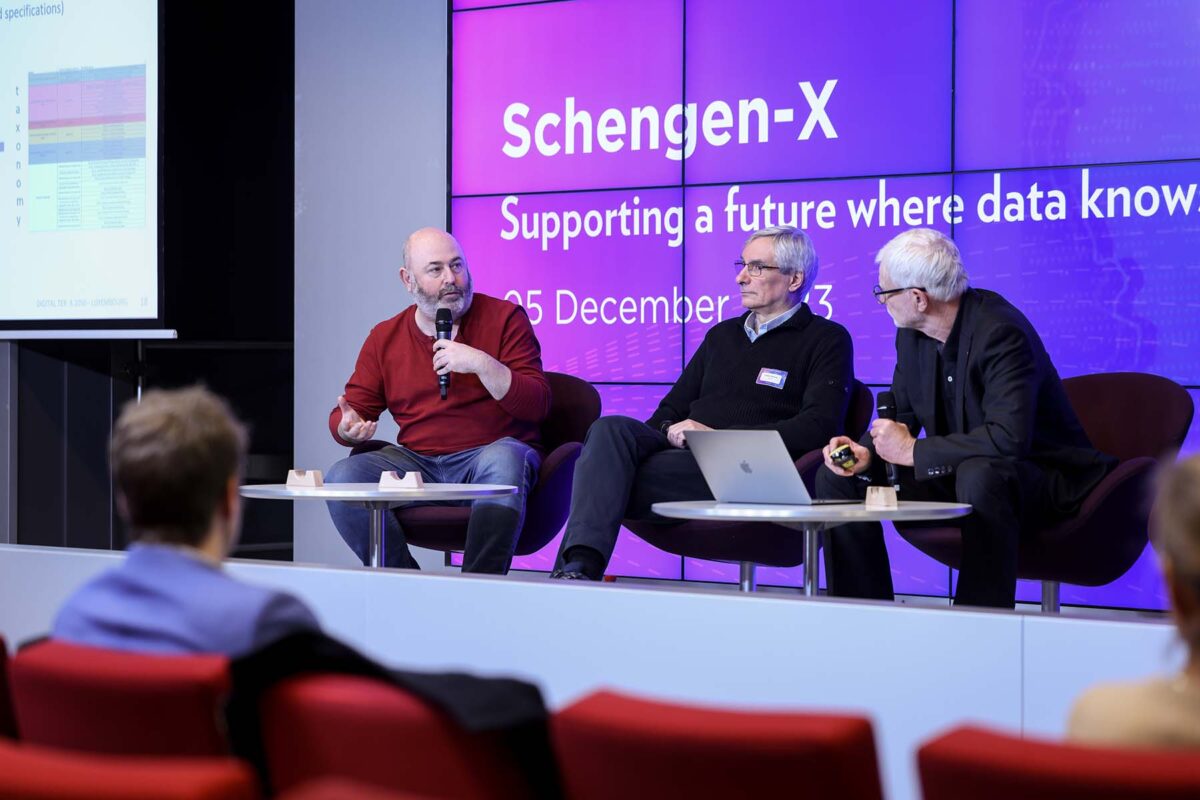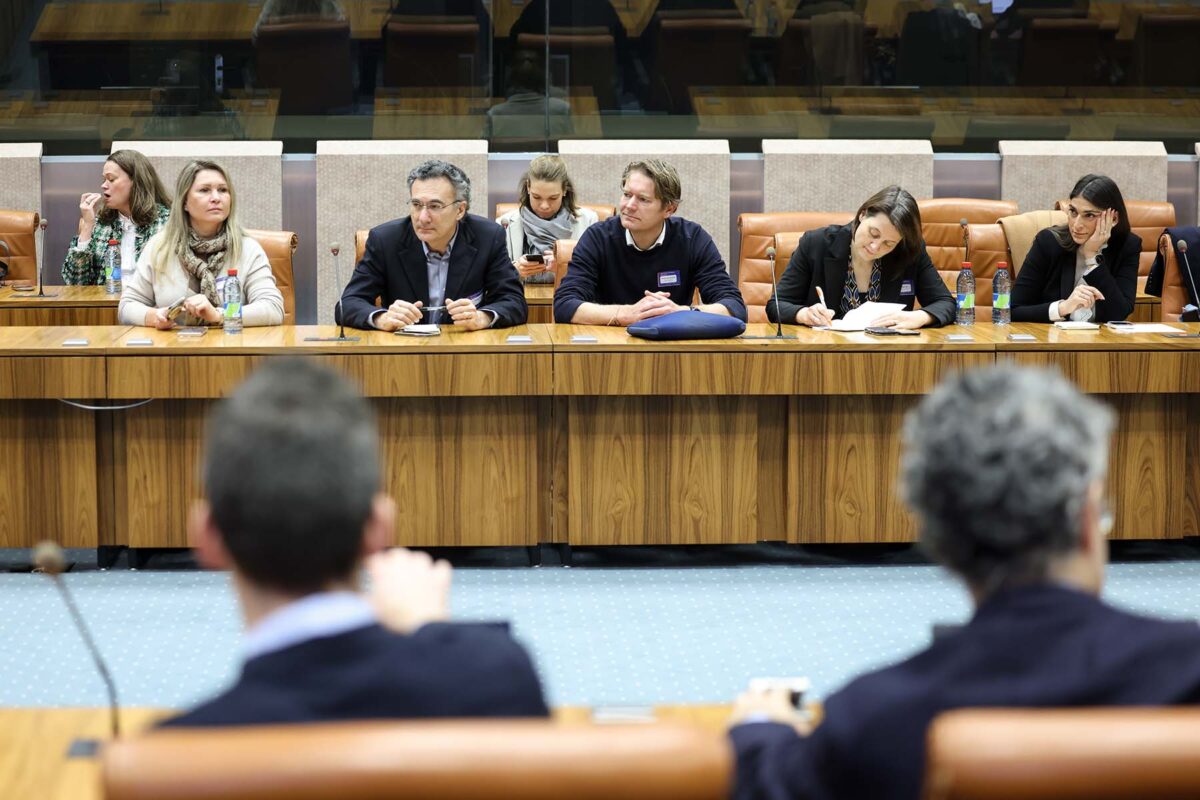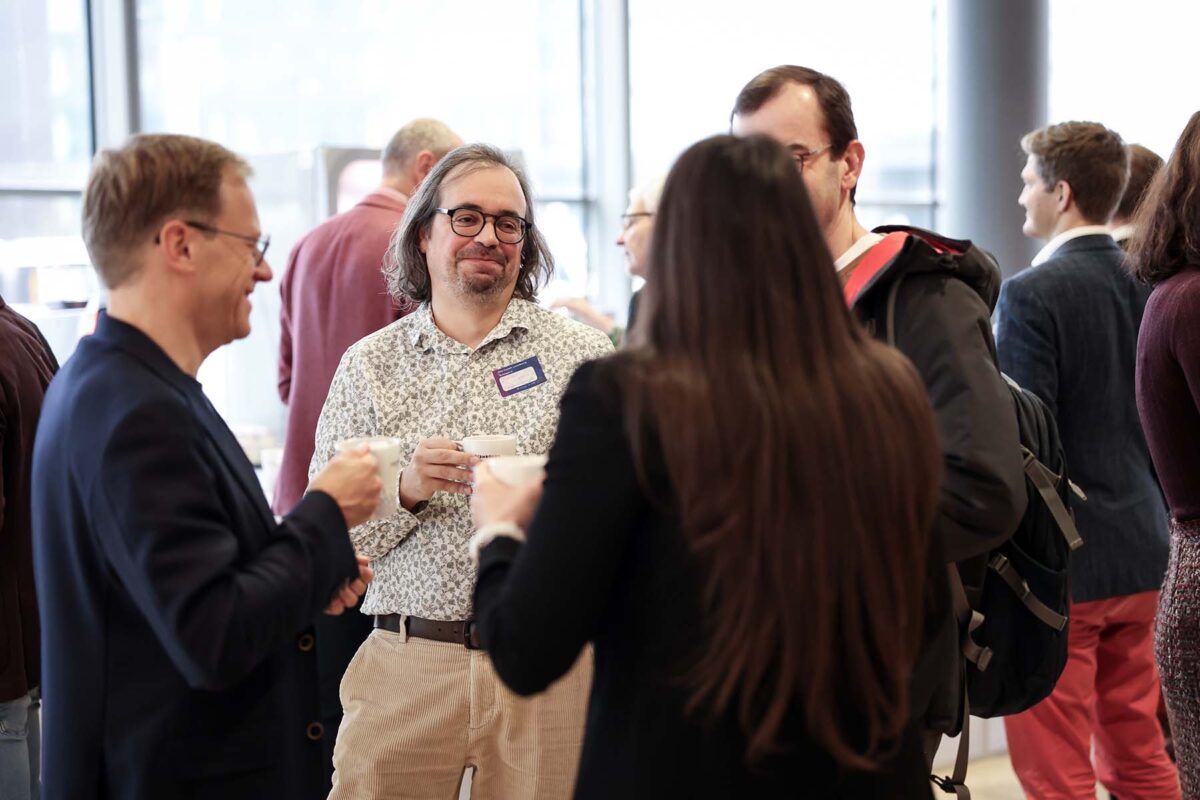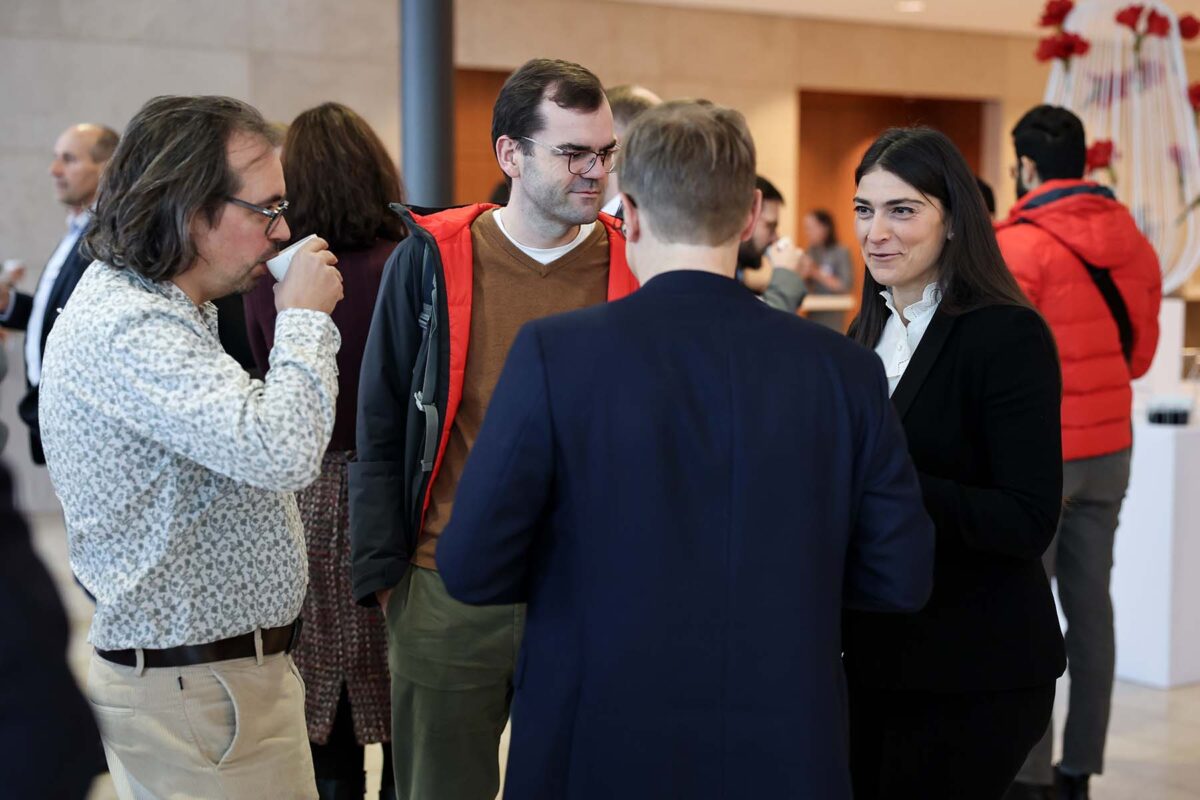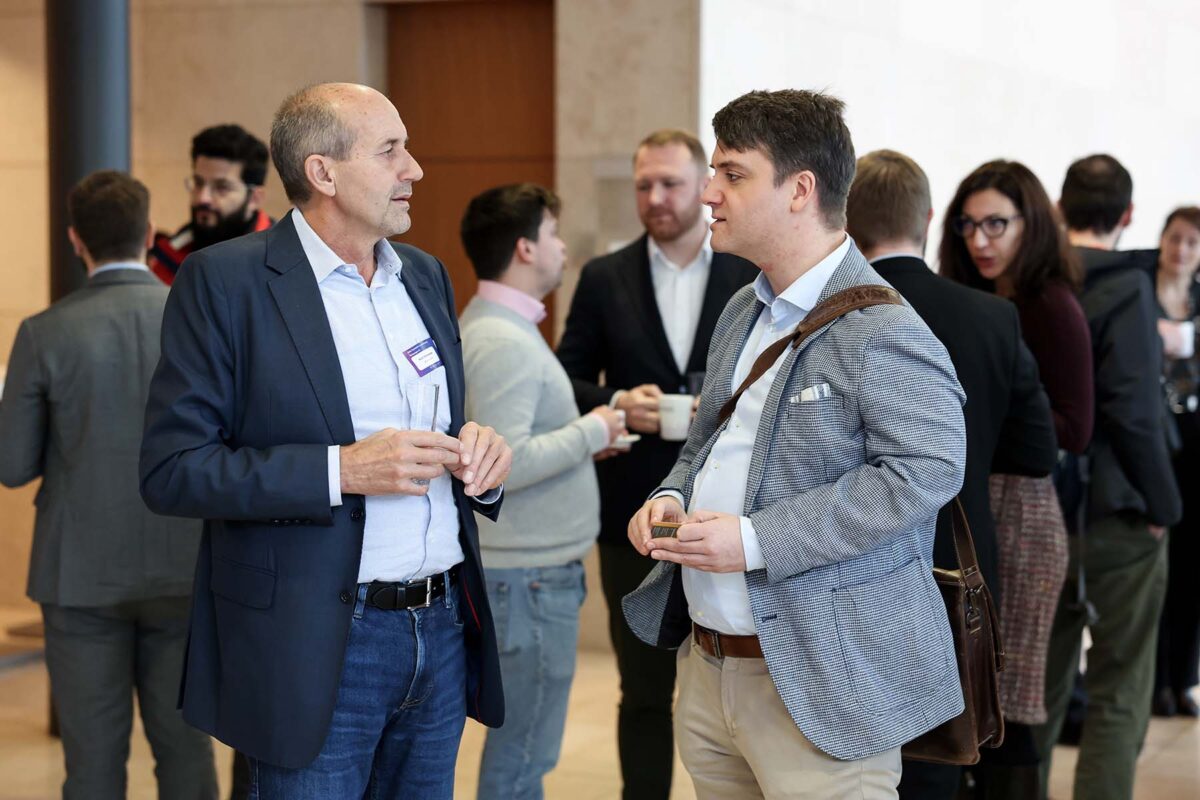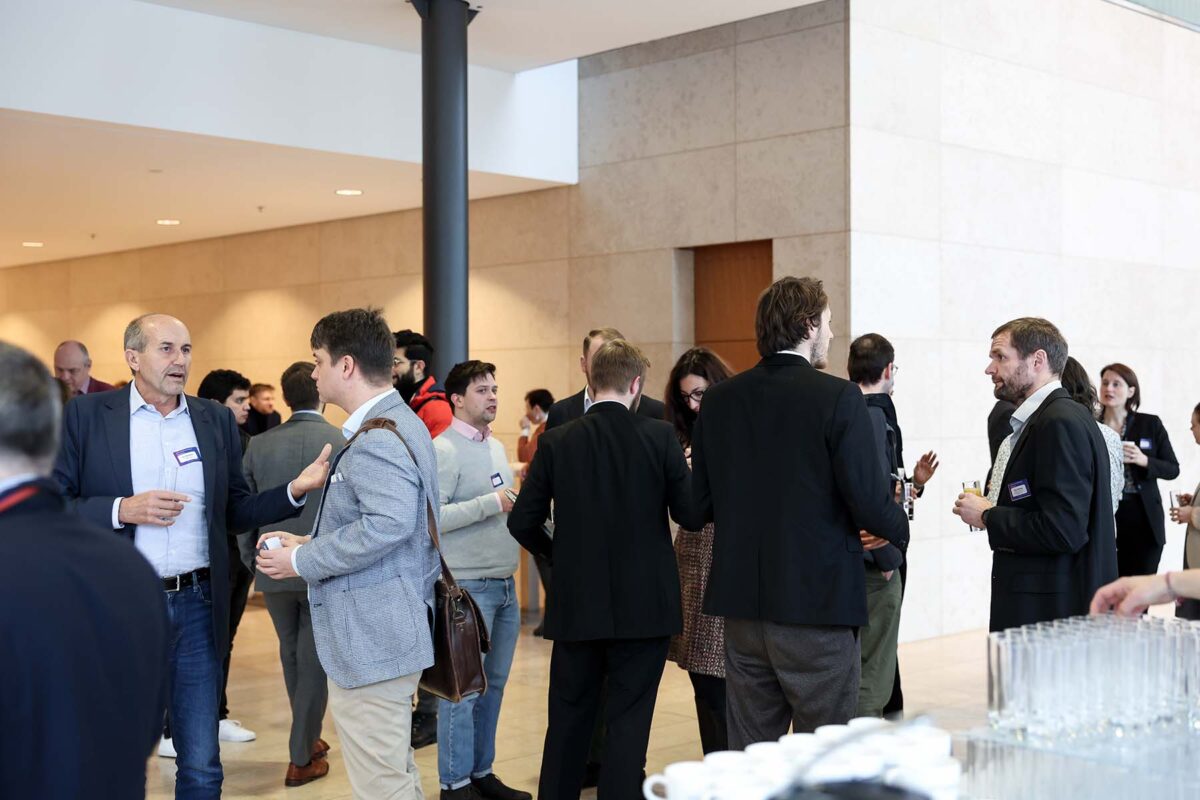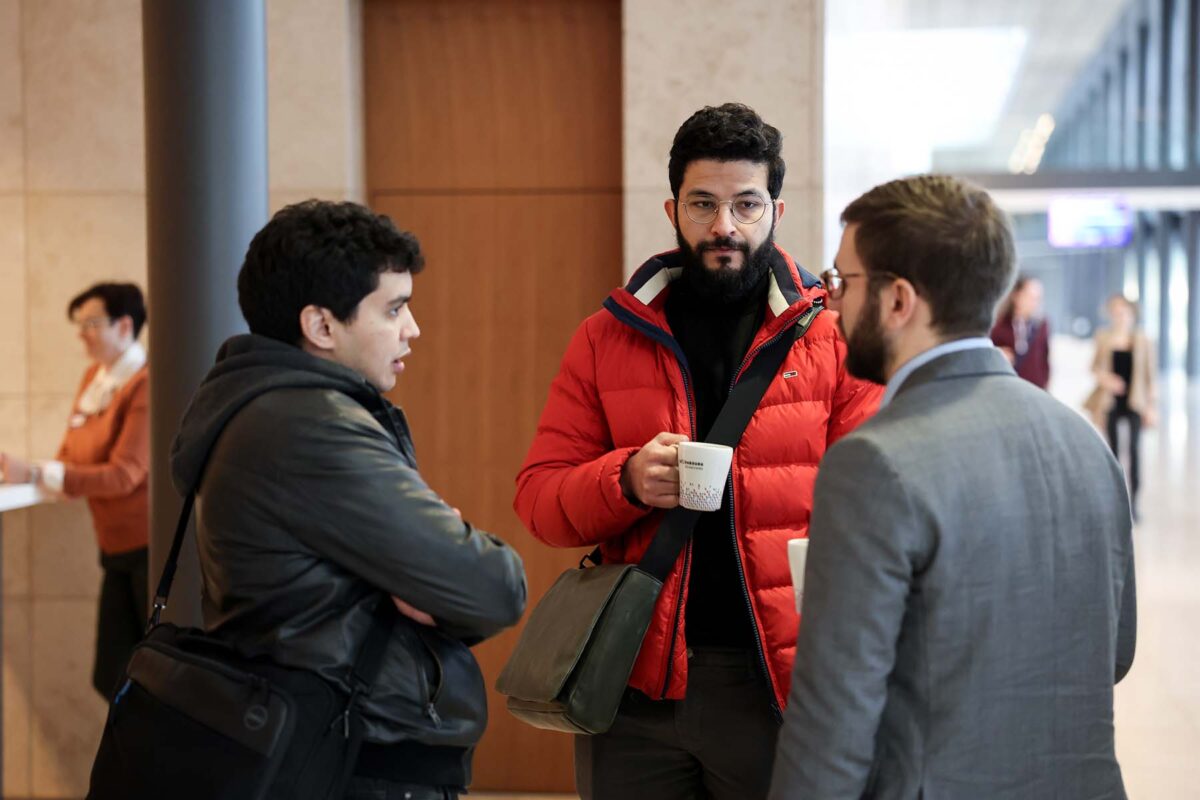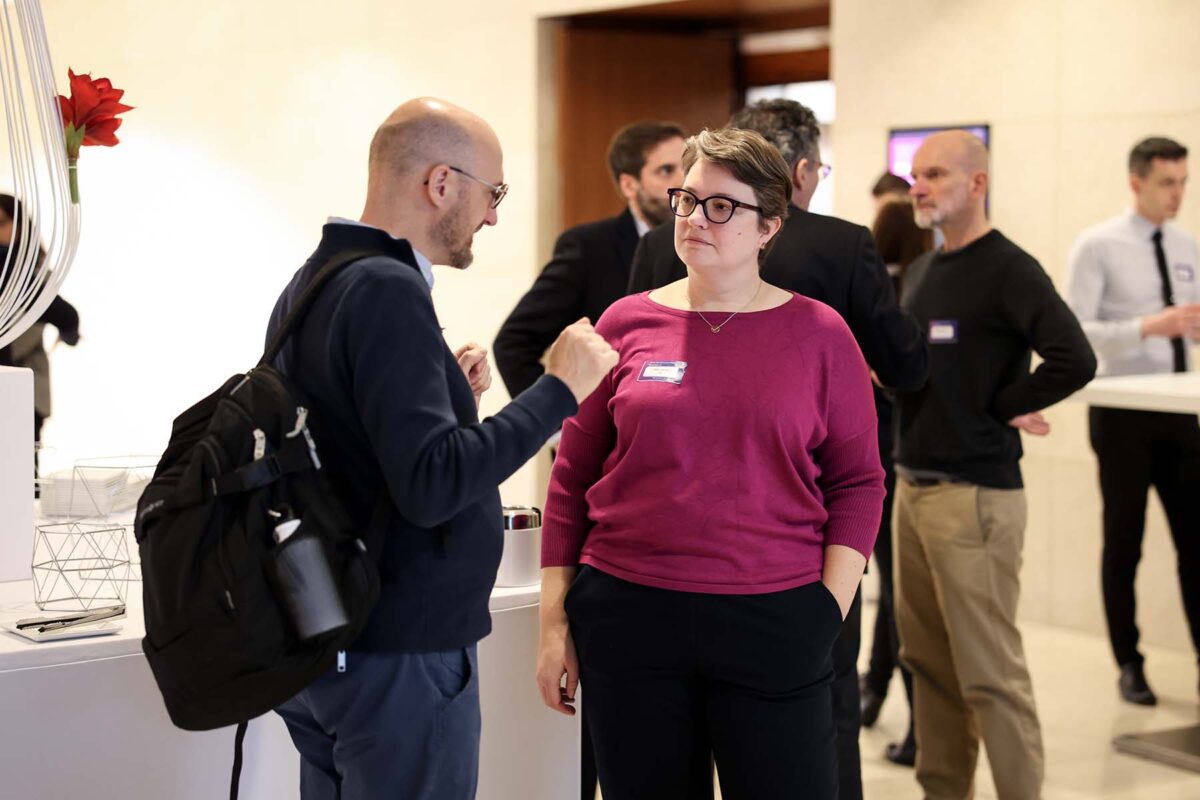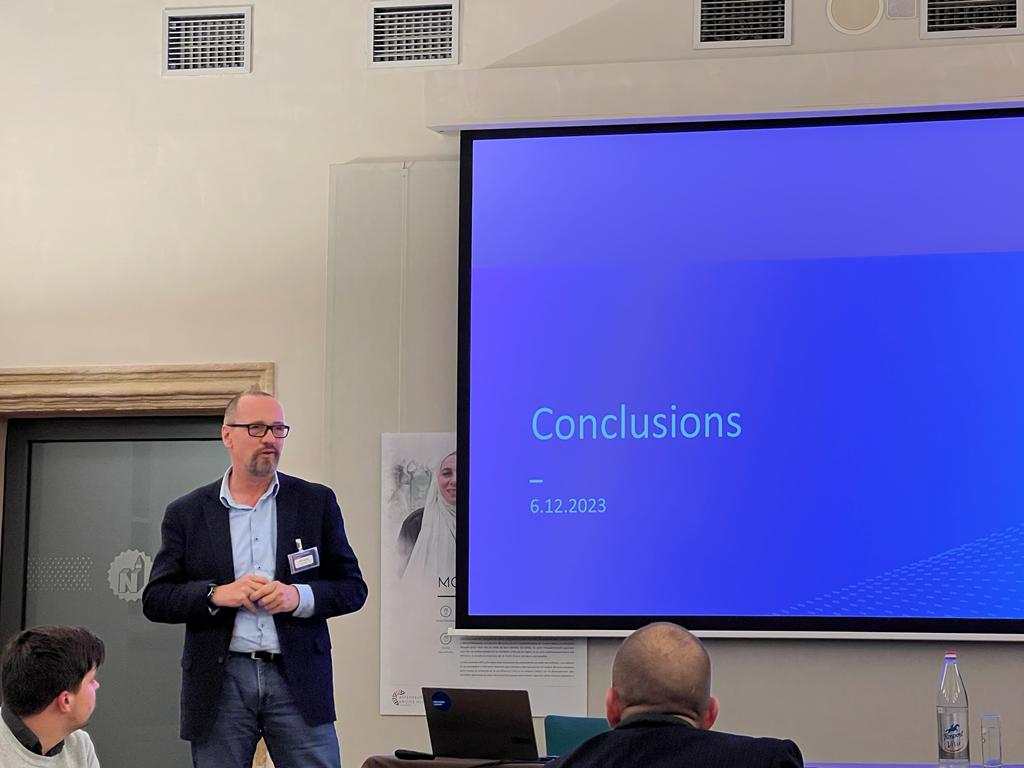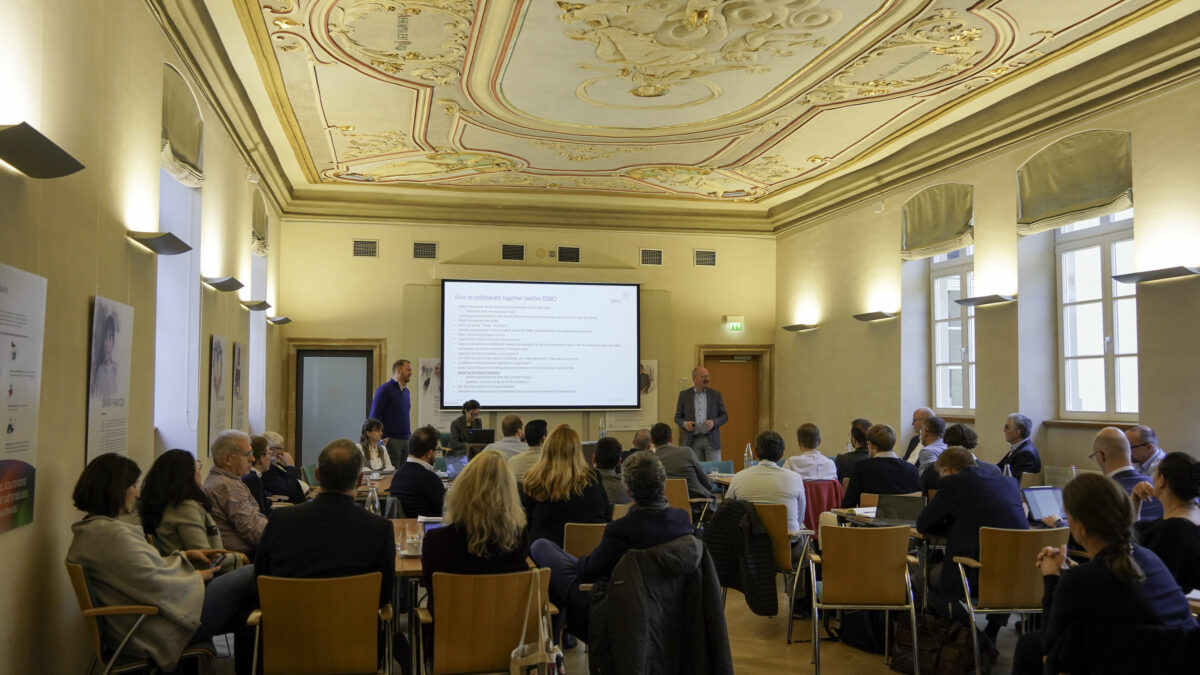Schengen-X Conference emphasised the need for cross-border collaboration within the Gaia-X framework. Leading data projects in Europe were the subject of panel discussions, chats and presentations.
The Schengen-X two-day conference was initiated by national Gaia-X hub coordinators of Belgium, France, Germany, Luxembourg and the Netherlands, the founding members of the Schengen treaty.
The first day of the conference set the tone and clarified the entire Gaia-X ecosystem, including its objectives, mission, and vision, while the second day was dedicated to showcasing key projects by various European stakeholders that target specific industries such as health, agriculture, mobility, manufacturing, and others.
“The Gaia-X 2023 Summit just took place in Spain in November, and our goal was not to repeat the same event but really to present projects in the spirit of the name with a cross-border reference or relevance. Almost all projects on the agenda were either more or less driven within a particular country but with a clear relevance for many other ecosystems, or they had already members from different countries,” states Ralf Hustadt, Special Advisor on Digitalisation, Data Economy and Gaia-X at Luxinnovation, the host of this year’s edition. Among these were pivotal “lighthouse projects” such as Catena-X and EONA-X, recognised as frontrunners in implementing the Gaia-X framework.Building synergy across these different projects is essential.
“Building synergy across these different projects is essential. For instance, we held a special fireside chat with representatives from the automotive network Catena-X and the Smart Connected Supplier Network (SCSN), a digital platform for the manufacturing industry by Dutch organisation TNO,” explains Mr. Hustadt. During the conversations, the possibility of linking manufacturing and automotive dataspaces, for example, was raised which clearly underlines the maturity of the initiative.
EONA-X, another lighthouse project, is a European data space for mobility, transport and tourism. Founded by entities like Aéroport Marseille Provence, Air France-KLM Group, Amadeus, Groupe ADP, Renault Group, SNCF Group, and Apidae Tourisme, it aims to enhance user experiences in mobility.Our goal was to present projects with a cross-border reference or relevance.
Cross-border data projects offer several advantages
Mr Hustadt notes that synergies between disparate data spaces can have a variety of benefits. “The Olympics are now knocking on our door. If we talk about mobility data for people or commodities within Paris alone, that will not suffice. We need to know where people are coming from, which requires having data from various airlines, airports, and public transportation, for instance. This is a good example that shows the impact data can have when it does not stop at the borders,” asserts Mr Hustadt.He offers yet another persuasive case for cross-border collaboration that also strengthens innovation in Europe as a whole. “Each European country has its own set of competitive advantages. When we talk about manufacturing, automotive, tourism or health, we can notice prevalent trends in each region, but there are also cross-border activities in these industries for a good reason. If you are working on a project to investigate rare diseases, you will need a lot of data, which will necessitate crossing the border. And then you are confronted by different descriptions, languages, and data structures. This is why it is critical to establish a unified digital European market and data spaces,” he elaborates.
The Lux-XDataSpace4Health, a GAIA-X flagship health data project with Luxembourg ties was also presented during to conference. “All of these unique projects were the focus of the second day of the event, and that was the common denominator,” Mr Hustadt underlines.The rationale for a federated health dataspace also applies in many other domains.
The same rationale for a federated health dataspace also applies in many other domains, or any field that involves the movement of people, goods or even non-material things like money or diseases. “If you want to do something about the traffic jam in Luxembourg, for example, you might be interested in the urban planning data from Metz, Trier or Arlon because if they start to build new quarters and have 30,000 people more living there, you might need to take that into consideration for mobility in Luxembourg,” he states.
Ecosystem maturity and activation
According to Mr Hustadt, Schengen-X showcased the heightened maturity of Gaia-X projects and a noticeable increase in collaboration between different initiatives. “As the Gaia-X ecosystem evolves, we see other players like the Big Data Value Association (BDVA), which shows the progress being made on awareness about this subject and which introduces different new angles. Another striking feature from the event is that we suddenly see more synergy effects between these different projects. We’re now just a few years into Gaia-X and things are becoming more structured. People know what they’re doing, why they’re doing it and how to do it,” he observes.Several meetings and workshops between the Gaia-X hub coordinators and managers of the various ecosystems took place during the event. “We talked about policies and processes to keep ourselves informed of all the different developments happening within the different regions, and ways to drive further engagement. One practical way for different stakeholders in Luxembourg is to participate through joint calls that are announced,” he advices. A second joint call for HPC projects is still ongoing, another 5G technology call was just launched and a joint call for Gaia-X projects is in the pipeline. “All of these efforts are aimed at activating the ecosystem,” he concludes.All of these efforts are aimed at activating the ecosystem.
Photo: Luxinnovation/Sophie Margue, Gaia-X
